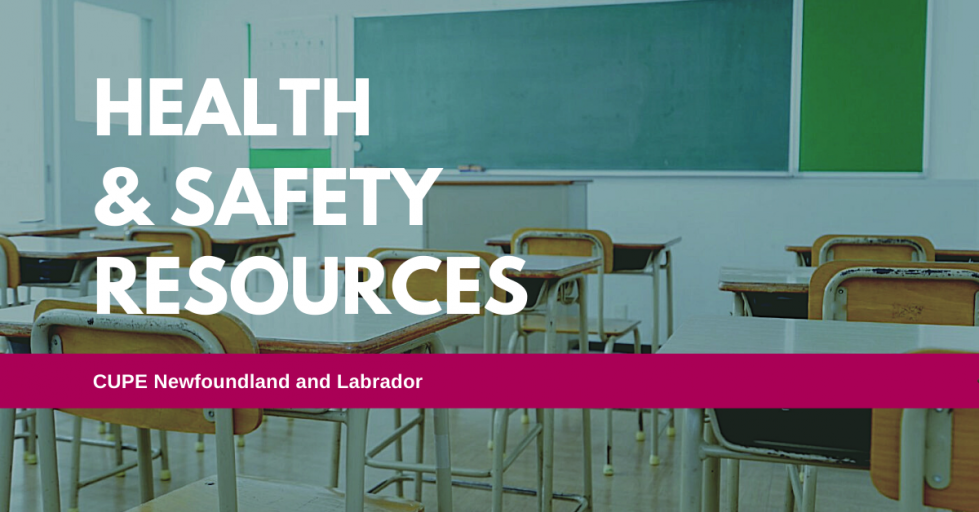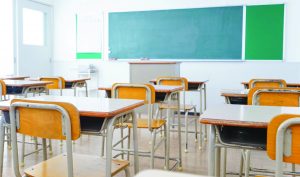There is much talk in the media lately about returning to school, and understandably we are all anxious about what this will look like — staff, students and parents alike.
While much of the attention appears to be on masking and physical distancing in classrooms, rest assured that we have been having regular discussions with government and the English School District on how custodians, bus drivers and school secretaries, and others, can return to work safely, during an ongoing pandemic.
Let’s return to school safely
CUPE wants to ensure that all members in the education sector have a safe and healthy workplace. An important component of that is ensuring our members are able to recognize unsafe situations and are empowered to take steps to address them.
Understanding COVID-19
The Novel Coronavirus, which causes COVID-19, is primarily spread through the respiratory droplets of infected persons when they cough or sneeze (some droplets are also produced when an infected person speaks or breathes but those typically do not travel as far). More information on the virus is available at cupe.ca/coronavirus.
Masks and facial coverings
The best protection from the spread of COVID-19 is by preventing contact with the respiratory droplets of other people. Maintaining a safe physical distance (two meters) is the most effective way to achieve this. When physical distance cannot be maintained, masks are an effective means of capturing the wearer’s respiratory droplets, while also protecting the nose and mouth from contact with another person’s respiratory droplets. More information on masks and face coverings is available at cupe.ca/masks-and-facial-coverings.
Physical barriers and other personal protective equipment (PPE)
Other preventative measures include physical barriers, such as Plexiglas, at points of frequent contact. Depending on the tasks being performed, additional personal protective equipment may be required. A guide to PPE use and care can be found at cupe.on.ca/wp-content/uploads/2020/04/PPE-Use-and-Care.pdf.
Cleaning and disinfecting
The cleaning and disinfecting of schools will be a critical component in keeping schools safe. This includes regular comprehensive cleaning, a thorough disinfecting process, and regular sanitizing of high touch surfaces. All three processes are described in detail at cupe.ca/covid-19-cleaning-vs-disinfecting.
Guide to preventing COVID-19 exposure
CUPE members in the education sector should expect some combination of these protections when schools reopen. A full guide to preventing exposure to COVID-19 in the education sector can be found at cupe.ca/sites/cupe/files/k-12_final.pdf.
Right to Refuse Unsafe Work
There may be situations where members feel that their employer has not taken appropriate precautions to prevent exposure to COVID-19, and in those situations there are recourses under the Occupational Health and Safety Act that members can utilize. CUPE encourages members to be active participants in their workplace health and safety systems by immediately reporting to your supervisor any unsafe conditions you witness or experience at your workplace.
In the event of a dangerous situation, workers have the right to refuse dangerous work under section 45 of the Occupational Health and Safety Act. Further information on COVID-19 and the right to refuse is available at cupe.ca/covid-19-and-right-refuse-unsafe-work.
Good hygiene practices
These are unprecedented and challenging times for everyone in Newfoundland and Labrador, and CUPE members should all be proud of the vital public services they continue to provide to the people of this province. It will be through our collective actions that we protect the most vulnerable people in this province. Here are some steps we can all take to protect ourselves, our workplaces, and our communities: cupe.ca/good-hygiene-practices-and-respiratory-cough-etiquette.


